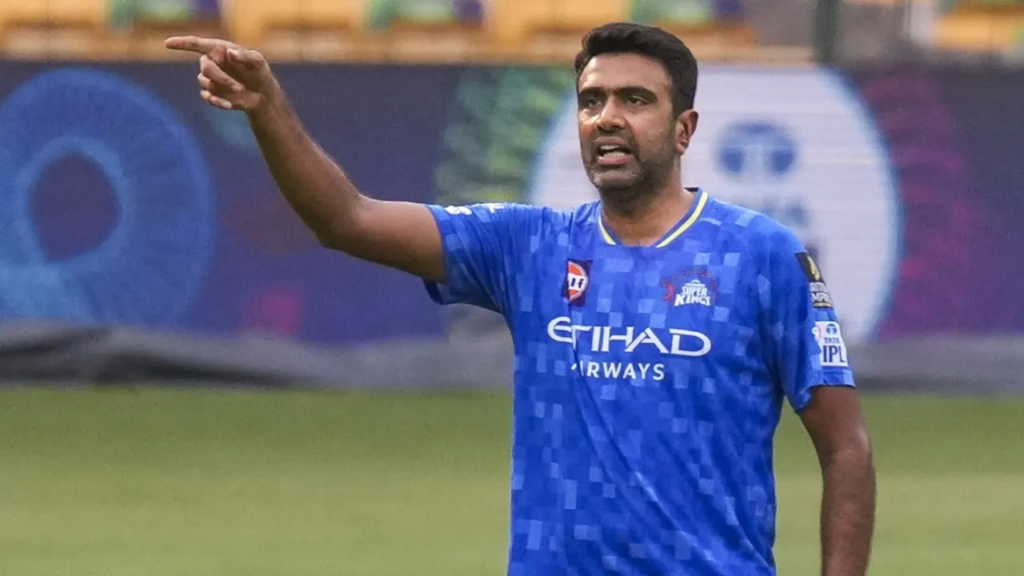
BBL Clubs in conversation to rope in R Ashwin, with the spinner available to play latter stages of tournament.
Ashwin in talks with four BBL clubs, set to play latter stages of tournament.
Four clubs are fighting for R Ashwin’s services to play in the latter stages of the upcoming season, making him the first male Indian player with a cap to play in the BBL.
In what is expected to be a huge coup for the BBL, Ashwin is reportedly being pursued by the Sydney Thunder, Hobart Hurricanes, Sydney Sixers, and Adelaide Strikers. With a deal expected to be concluded later this week, Thunder and Hurricanes seem to be the front-runners for the India great.
Ashwin’s IPL exit earlier this year has allowed him to play franchise cricket abroad for the first time, but no male Indian player with an international cap has ever participated in the BBL.
The BCCI only permits former Indian players to play in international T20 leagues. Dinesh Karthik was a member of the Paarl Royals in the SA20 earlier this year. Ambati Rayudu appeared to play for the CPL’s St Kitts & Nevis Patriots in 2023 and the ILT20’s MI Emirates in January 2024. In the ILT20, Robin Uthappa and Yusuf Pathan played for the Dubai Capitals.
The inaugural ILT20 auction in the United Arab Emirates is scheduled for next Tuesday, and Ashwin has already committed to it. If purchased, he will participate in the ILT20, which will now take place from December 2 to January 4 due to a change in the season’s schedule.
The home-and-away portion of the season lasts until January 18, with the BBL starting on December 14. The finals are scheduled for January 20–25. In the event that the team he signs with qualifies, Ashwin will be available for three or four games for one of those teams at the end of the season, in addition to the finals.
There will probably be an extra marketing deal with Cricket Australia that will not count towards the salary cap for the team that signs Ashwin, but the club that signs him will still need to fit his salary within their overall budget, which will already have been allocated for the majority of squads.
With permission from the league’s technical committee, teams may additionally exceed the cap by 5% in a single year as long as it is offset over a three-year period.

